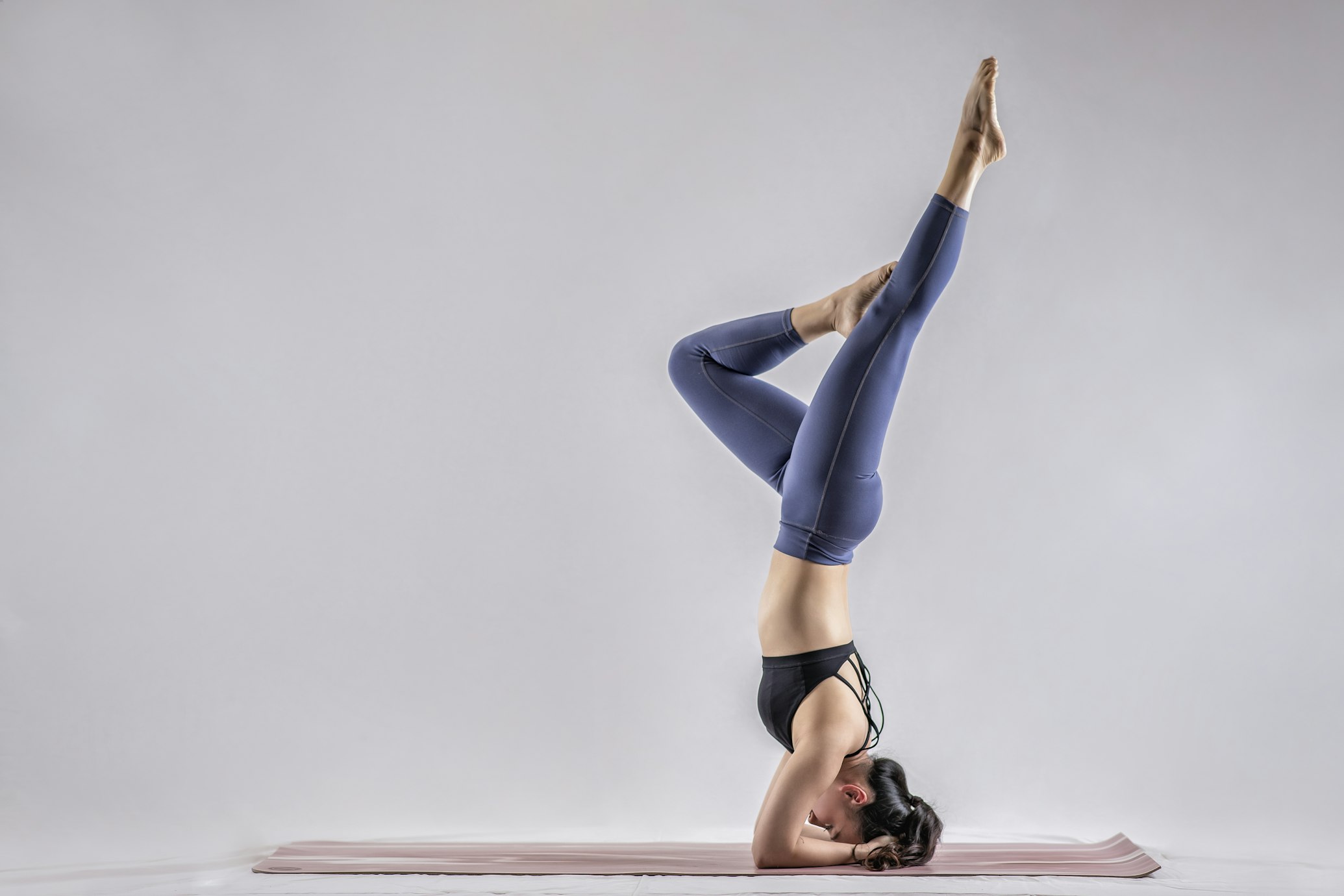Introduction
Welcome to the world of inversions in yoga! Inversions are a powerful and exhilarating aspect of the yoga practice that can offer numerous benefits to both the body and the mind. However, they also require careful attention and proper technique to ensure safety. In this blog post, we will explore what inversions are and how you can practice them safely to enhance your yoga journey.
Understanding Inversions
When we talk about inversions in yoga, we refer to postures where the head is positioned below the heart. This can include poses such as headstands, handstands, shoulder stands, forearm stands, and even downward-facing dog. Inversions can be challenging, but they provide a unique perspective and offer a range of physical, mental, and spiritual benefits.
Benefits of Inversions
- Improved circulation: Inversions reverse the effects of gravity, allowing fresh blood to flow more easily to the heart and brain.
- Enhanced balance and core strength: Inversions require stability and engagement of the core muscles, leading to improved balance and overall strength.
- Mental clarity and focus: Inversions stimulate the brain and help increase mental alertness, concentration, and focus.
Safety Guidelines for Practicing Inversions
While inversions offer numerous benefits, it’s crucial to approach them mindfully and prioritize safety. Here are some guidelines to help you practice inversions safely:
- Warm-up: Always warm up your body before attempting inversions to prepare the muscles and joints.
- Build strength gradually: Start with preparatory poses and work your way up to more advanced inversions as you build strength and stability.
- Use props and support: Props like blocks, straps, and walls can provide stability and support as you explore inversions.
- Listen to your body: Pay attention to any discomfort or pain, and modify or come out of the pose if needed. Honor your limits and progress at your own pace.
Sample Inversion Sequence
Here’s a sample inversion sequence that you can incorporate into your practice:
| 1. Downward-Facing Dog |
|---|
| 2. Dolphin Pose |
| 3. Supported Headstand |
| 4. Legs up the Wall |
| 5. Shoulder Stand |
Remember to move slowly and mindfully, and always warm up and cool down your body properly before and after the inversion practice.
Conclusion
Inversions are an exciting and transformative aspect of the yoga practice. By approaching them with proper technique, gradual progression, and mindfulness, you can safely explore inversions and reap their many benefits. Remember to always prioritize safety, listen to your body, and enjoy the journey of discovering new perspectives both on and off the mat.

